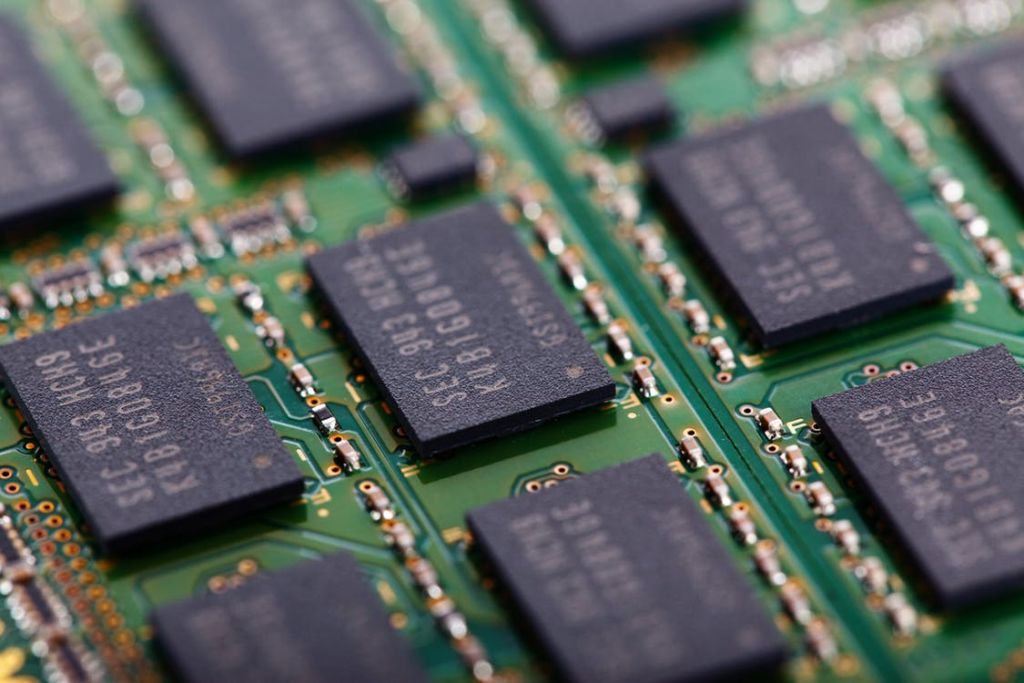
LPDDR (Low Power Double Data Rate) RAM is a crucial type of memory used in mobile devices and computers. Designed to maximize performance while conserving energy, it has evolved through several generations, including LPDDR1, LPDDR2, LPDDR3, LPDDR4, LPDDR4X, and the latest, LPDDR5. Each generation brings enhancements in data transfer speed, efficiency, and power consumption. LPDDR RAM is critical for supporting intensive tasks such as gaming, AI, and multitasking on mobile devices, ensuring fast and seamless performance while preserving battery life.
Key Generations of LPDDR RAM:
- LPDDR1: The first generation focused on minimizing power usage, paving the way for more portable and energy-efficient devices.
- LPDDR2 & LPDDR3: These generations improved the bandwidth and reduced latency, handling more demanding applications.
- LPDDR4 & LPDDR4X: These versions introduced faster data rates and lower power consumption, essential for modern smartphones.
- LPDDR5: The most advanced generation, LPDDR5 provides significant speed boosts and improved power efficiency, making it suitable for 5G-enabled devices and AI-driven applications.
Applications of LPDDR RAM:
- Mobile Devices: LPDDR is most commonly used in smartphones to handle multitasking, gaming, and media processing.
- Tablets & Laptops: Power-efficient and lightweight devices rely on LPDDR to maintain performance while preserving battery life.
- AI and Machine Learning: With the rise of AI in mobile devices, LPDDR5 is crucial in delivering the required speed and efficiency for machine learning tasks.
Future of LPDDR RAM:
The development of LPDDR continues to evolve with each generation addressing the growing needs for speed, efficiency, and data transfer rates, ensuring that devices can handle the increasing demands of modern applications. LPDDR6 is already on the horizon, promising even more significant advancements in mobile computing power.